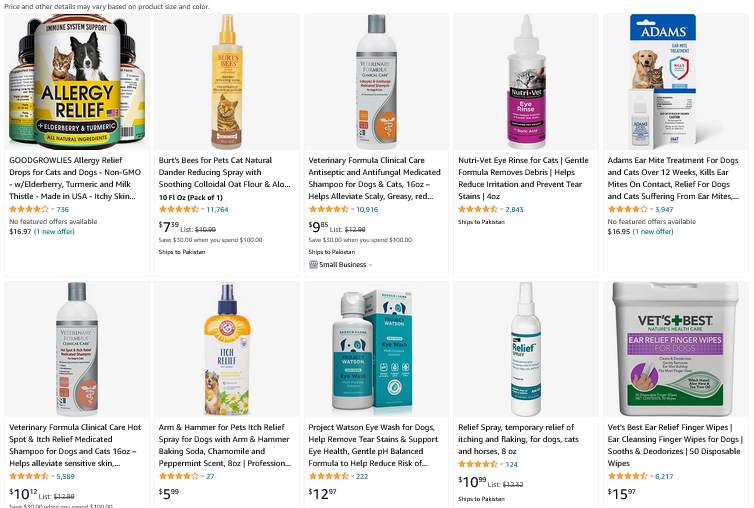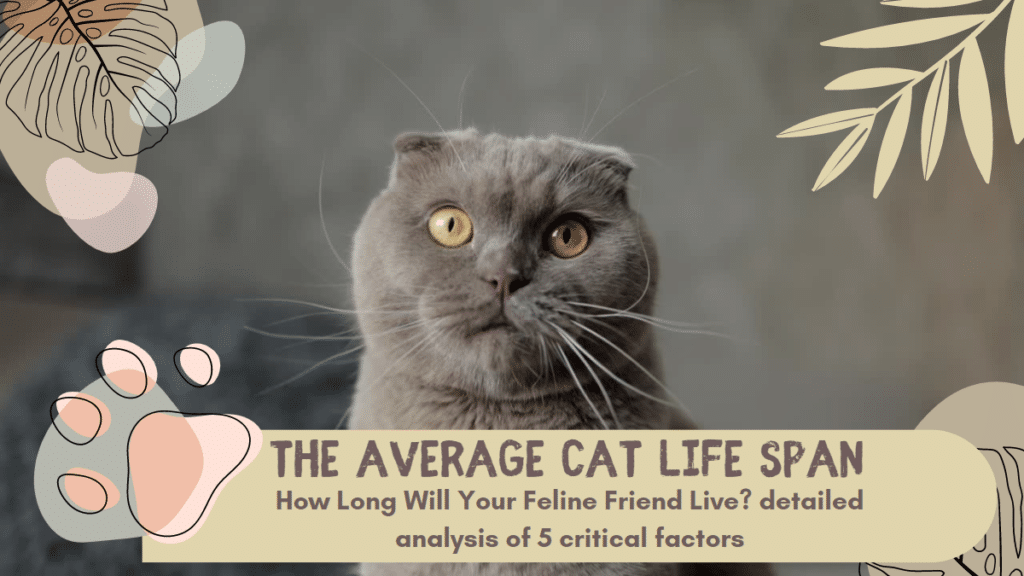Introduction
Hypoallergenic cat allergies have become a topic of interest for many people who love cats but suffer from allergies. The concept of hypoallergenic cats has gained popularity in recent years, offering hope to individuals who want to enjoy the companionship of feline friends without experiencing allergic reactions. In this article, we will delve into the world of hypoallergenic cat allergies, exploring what they are, how they work, and whether these cats are truly allergy-free.
What are Cat Allergies?
Cat allergies are caused by the body’s immune system reacting to certain proteins found in a cat’s saliva, urine, or dander (dead skin flakes). When a person with a cat allergy comes into contact with these allergens, they may experience symptoms such as sneezing, coughing, itchy eyes, runny nose, or even asthma attacks. Cat allergies can be a significant barrier for individuals who wish to have a cat as a pet.
Understanding Hypoallergenic Cats:
Hypoallergenic cats are often believed to be non-allergenic or less likely to cause allergies compared to other cats. While they may produce fewer allergens, it’s important to note that no cat is completely allergen-free. The term “hypoallergenic” refers to the reduced likelihood of triggering an allergic reaction in susceptible individuals, rather than complete immunity.
How Hypoallergenic Cats Differ
Hypoallergenic cats differ from regular cats in terms of their genetic makeup and the production of certain proteins. These cats are known to produce fewer Fel d 1 proteins, which are one of the primary allergens responsible for cat allergies. Fel d 1 is a protein that is mainly produced in a cat’s salivary glands and sebaceous glands. Hypoallergenic cats have genetic variations that result in reduced production or altered structure of this protein.
Types of Hypoallergenic Cats
There are several breeds of cats that are often considered hypoallergenic. Some popular hypoallergenic cat breeds include:
Siberian Cats
Siberian cats are known for producing lower levels of allergenic proteins. Many allergy sufferers find they can tolerate being around Siberian cats without experiencing severe allergic reactions.
Balinese Cats
Balinese cats, despite their long and silky fur, are considered hypoallergenic. They produce fewer allergens compared to other breeds and may be suitable for individuals with mild to moderate allergies.
Sphynx Cats
Sphynx cats, known for their lack of fur, are often recommended for people with allergies. However, it’s important to note that while they produce less dander, they can still cause allergies due to their saliva and other allergenic substances.
Devon Rex Cats
Devon Rex cats have curly hair and produce less dander compared to other breeds. They are often considered hypoallergenic, making them a potential choice for those with allergies.
Breeds Suitable for Allergy Sufferers
Apart from the aforementioned breeds, there are other cat breeds that may be suitable for allergy sufferers. Some of these include the Russian Blue, Abyssinian, and Cornish Rex. However, it’s essential to note that individual reactions to specific breeds can vary, and what works for one person may not work for another.
Managing Allergies with Hypoallergenic Cats
While hypoallergenic cats may reduce the likelihood of triggering allergies, it’s important to manage allergies holistically. Here are some tips for managing allergies with hypoallergenic cats:
- Keep the house clean and free of allergens by regular vacuuming and dusting.
- Use air purifiers and high-efficiency particulate air (HEPA) filters to minimize allergens in the air.
- Create a designated cat-free zone in the house, such as the bedroom, to provide a refuge for allergy sufferers.
- Bathe your cat regularly to reduce the amount of allergens on their fur.
- Consult with an allergist for personalized advice and possible allergy treatments.
Factors to Consider Before Adopting a Hypoallergenic Cat
Before adopting a hypoallergenic cat, there are several factors to consider:
- Evaluate the severity of your allergies and consult with an allergist.
- Spend time with the specific breed of cat you are considering to see if you have any allergic reactions.
- Consider the grooming needs, temperament, and overall compatibility of the breed with your lifestyle.
- Assess the financial commitment involved in owning a cat, including veterinary care, food, and grooming expenses.
8. Maintaining a Hypoallergenic Environment
To maintain a hypoallergenic environment for both allergy sufferers and their cats, it’s important to take proactive measures:
- Regularly clean and vacuum the house to minimize the presence of allergens.
- Wash bedding and blankets frequently in hot water to remove any allergens.
- Use hypoallergenic bedding and furniture covers.
- Replace carpets with hypoallergenic flooring options like hardwood or tile.
- Minimize the use of scented products, as they can exacerbate allergies.
9. Tips for Reducing Allergens
Besides owning a hypoallergenic cat, there are general tips for reducing allergens in your home:
- Dust and wipe surfaces regularly using a damp cloth.
- Wash curtains and blinds frequently.
- Keep humidity levels in check to prevent mold growth.
- Remove stuffed toys or items that can accumulate dust.
- Encourage regular handwashing to reduce the spread of allergens.
10. Allergy Medications and Treatments
For individuals who still experience allergies despite owning a hypoallergenic cat, there are various allergy medications and treatments available. These may include antihistamines, nasal sprays, allergy shots, and other immunotherapy options. It’s crucial to consult with a healthcare professional or allergist to determine the most suitable course of action.
11. Introducing Hypoallergenic Cats to Your Home
When introducing a hypoallergenic cat to your home, take the following steps to ensure a smooth transition:
- Create a designated space for the cat with essential supplies such as a litter box, scratching posts, and toys.
- Gradually introduce the cat to different areas of the house.
- Monitor any allergic reactions and seek medical advice if necessary.
- Provide a balanced diet and regular veterinary care to keep your cat healthy.

12. Common Misconceptions About Hypoallergenic Cats
There are several common misconceptions surrounding hypoallergenic cats. It’s essential to address these misconceptions to provide accurate information:
- Hypoallergenic cats are not completely allergen-free; they produce fewer allergens.
- Individual reactions to hypoallergenic cats can vary significantly.
- Different breeds may have varying levels of allergenic proteins, but there is no universal “one-size-fits-all” hypoallergenic breed.
- Regular grooming, cleaning, and maintenance are still necessary to minimize allergen exposure.
13. Benefits of Owning a Hypoallergenic Cat
Owning a hypoallergenic cat can bring various benefits to individuals with allergies:
- Enjoy the companionship and affection of a cat without experiencing severe allergic reactions.
- Potential reduction in allergy symptoms, such as sneezing and itchy eyes.
- Improved mental well-being through the presence of a loving pet.
14. Potential Risks and Limitations
While hypoallergenic cats offer hope to allergy sufferers, it’s important to acknowledge the potential risks and limitations:
- Some individuals may still experience mild allergies despite owning a hypoallergenic cat.
- The cost of acquiring a hypoallergenic breed can be higher compared to regular cats.
- Limited availability of hypoallergenic cats in shelters or rescue organizations.
- Personal preferences and lifestyle factors should also be considered when choosing a cat breed.
15. Conclusion
Understanding hypoallergenic cat allergies is crucial for individuals who long for feline companionship but are hindered by allergies. Hypoallergenic cats, while not completely allergen-free, can provide a solution for many allergy sufferers. By choosing the right breed, managing allergies effectively, and creating a hypoallergenic environment, individuals can experience the joys of owning a cat without compromising their health.
You may Also Like: why does my cat keeps leaving her newborn kittens
FAQs
Q1: Are hypoallergenic cats completely allergen-free? A1: No, hypoallergenic cats are not completely allergen-free. They produce fewer allergens, but individual reactions can vary.
Q2: Which breeds are considered hypoallergenic? A2: Some hypoallergenic cat breeds include Siberian cats, Balinese cats, Sphynx cats, and Devon Rex cats, among others.
Q3: Can hypoallergenic cats still cause allergies? A3: Yes, hypoallergenic cats can still cause allergies, as they produce other allergenic substances besides dander, such as saliva.
Q4: How can I manage cat allergies with a hypoallergenic cat? A4: You can manage cat allergies by keeping your home clean, using air purifiers, bathing your cat regularly, and seeking medical advice for personalized treatments.
Q5: Are hypoallergenic cats available in shelters? A5: While it’s less common, you may find hypoallergenic cats in shelters or rescue organizations, although the availability may be limited.

